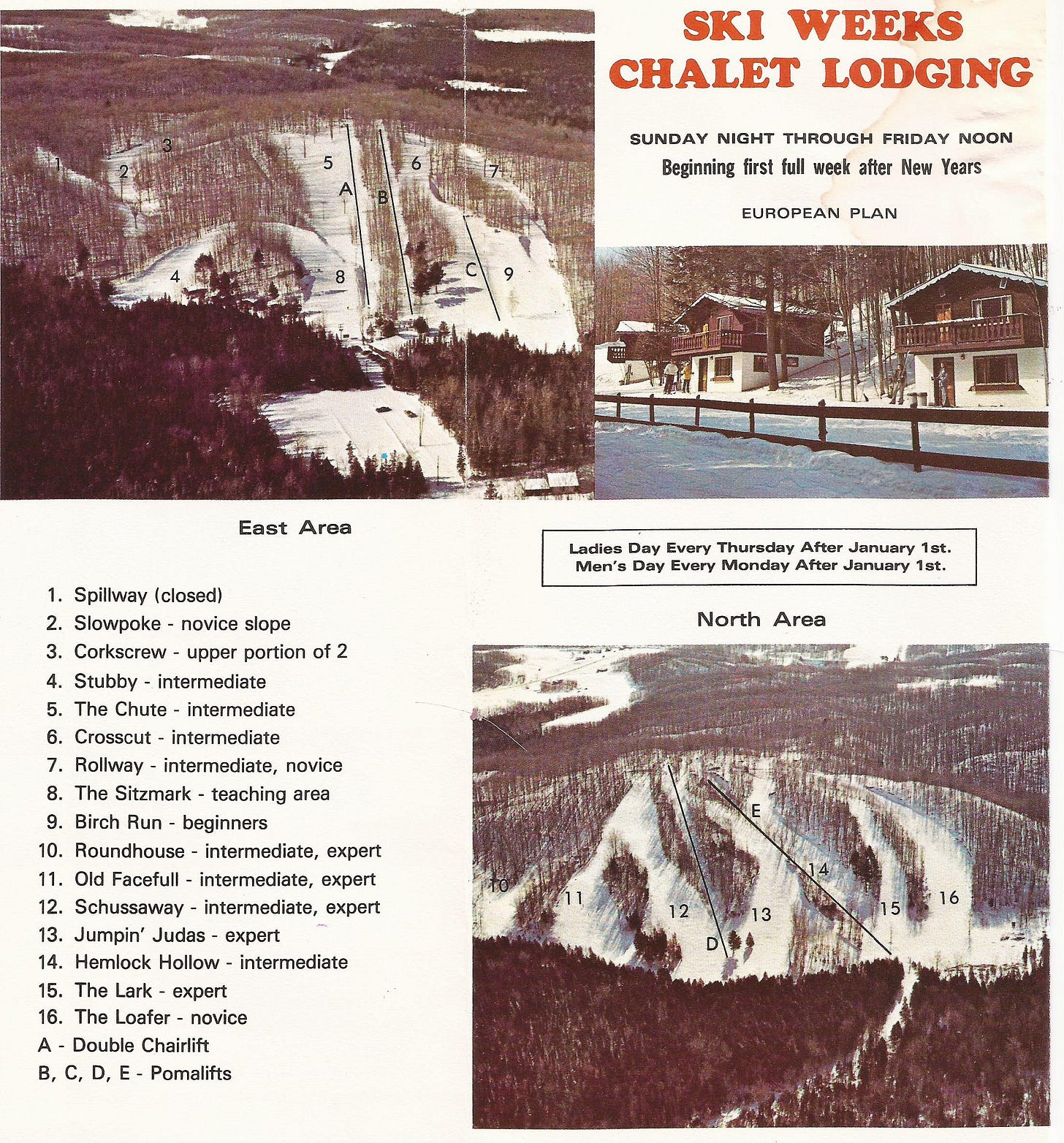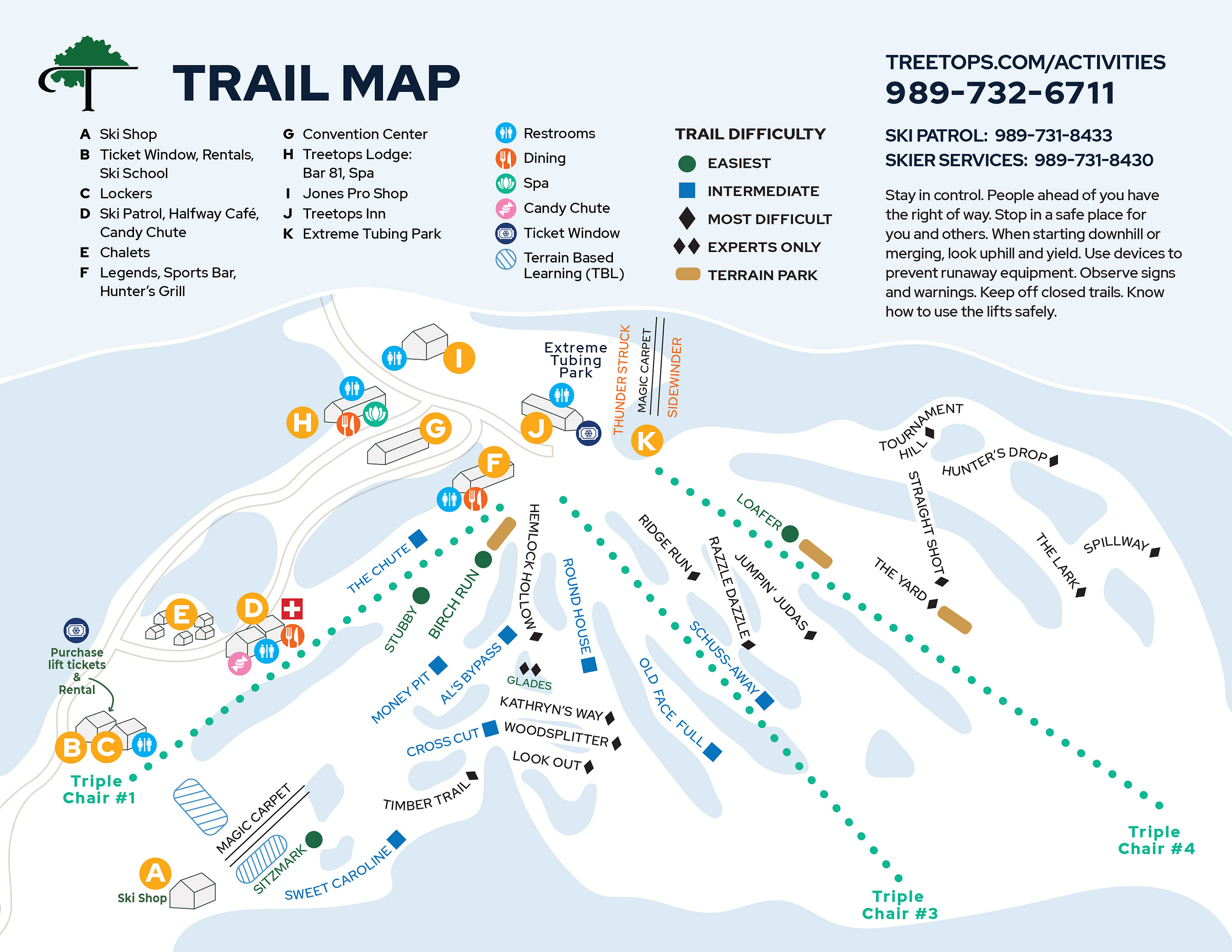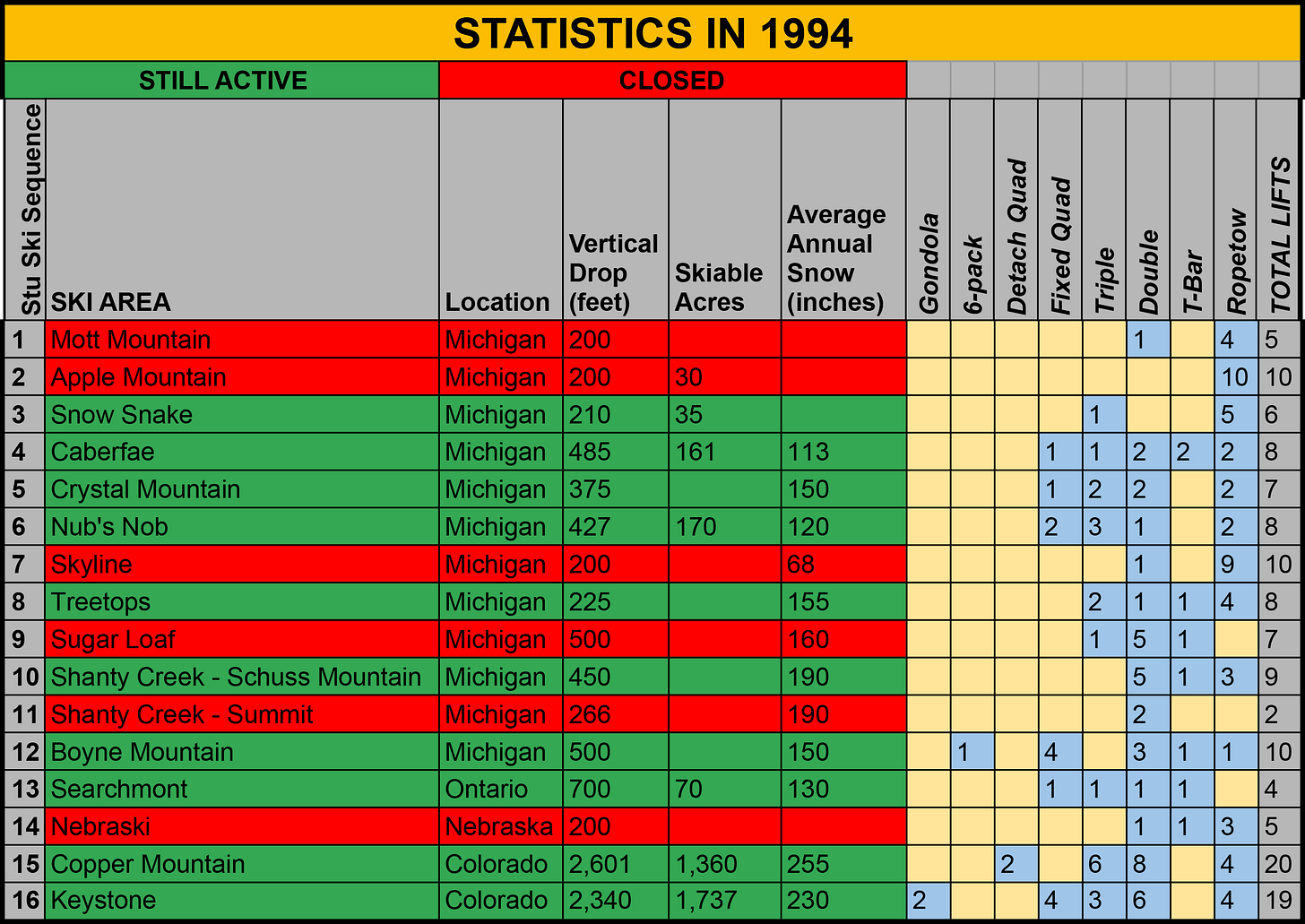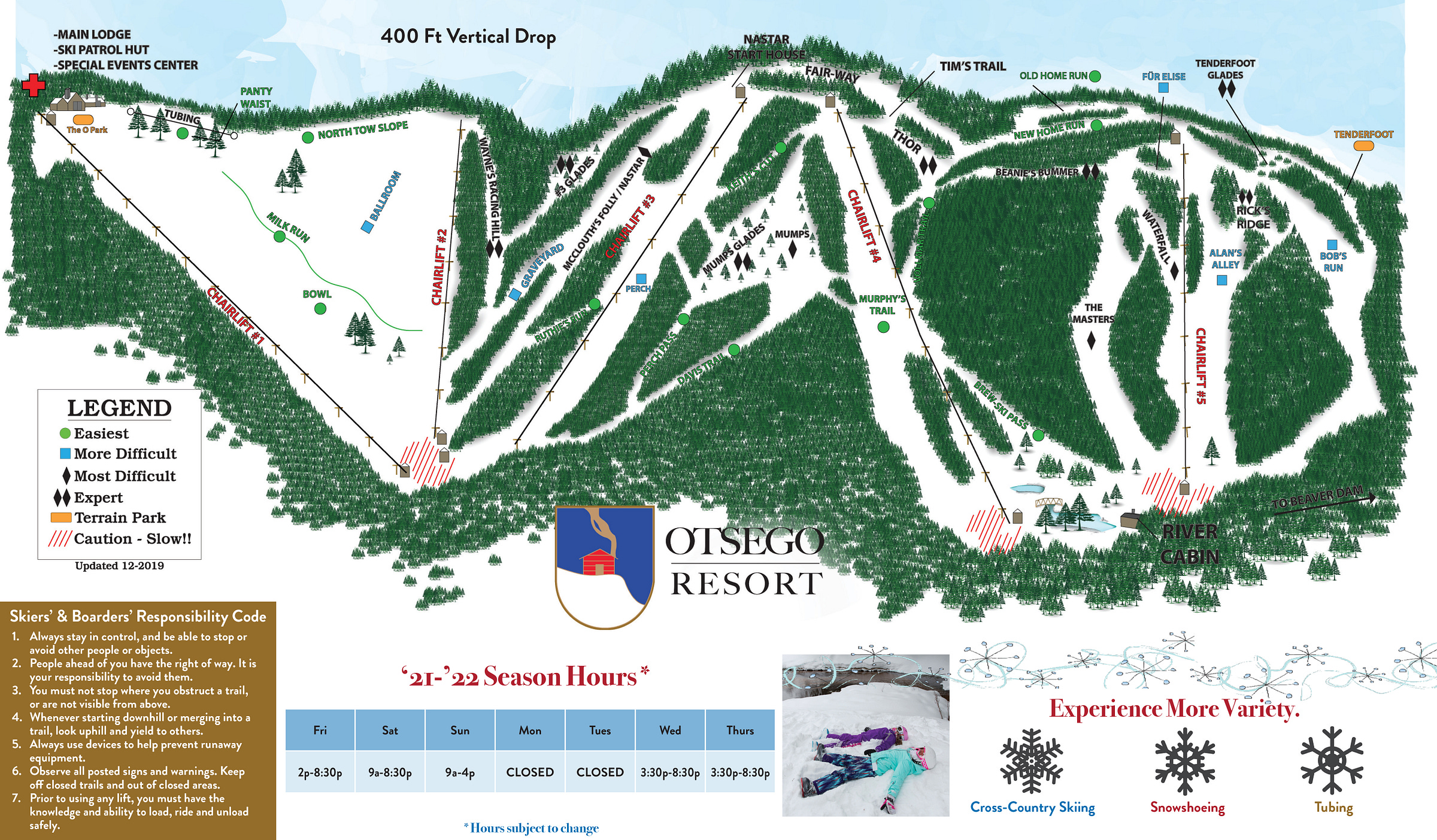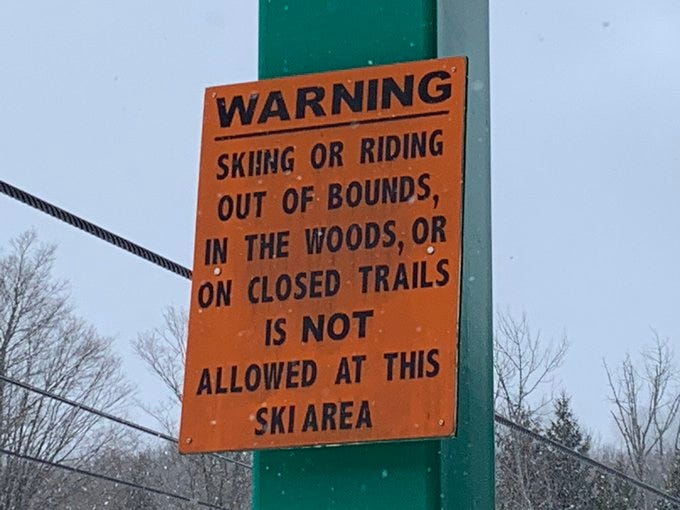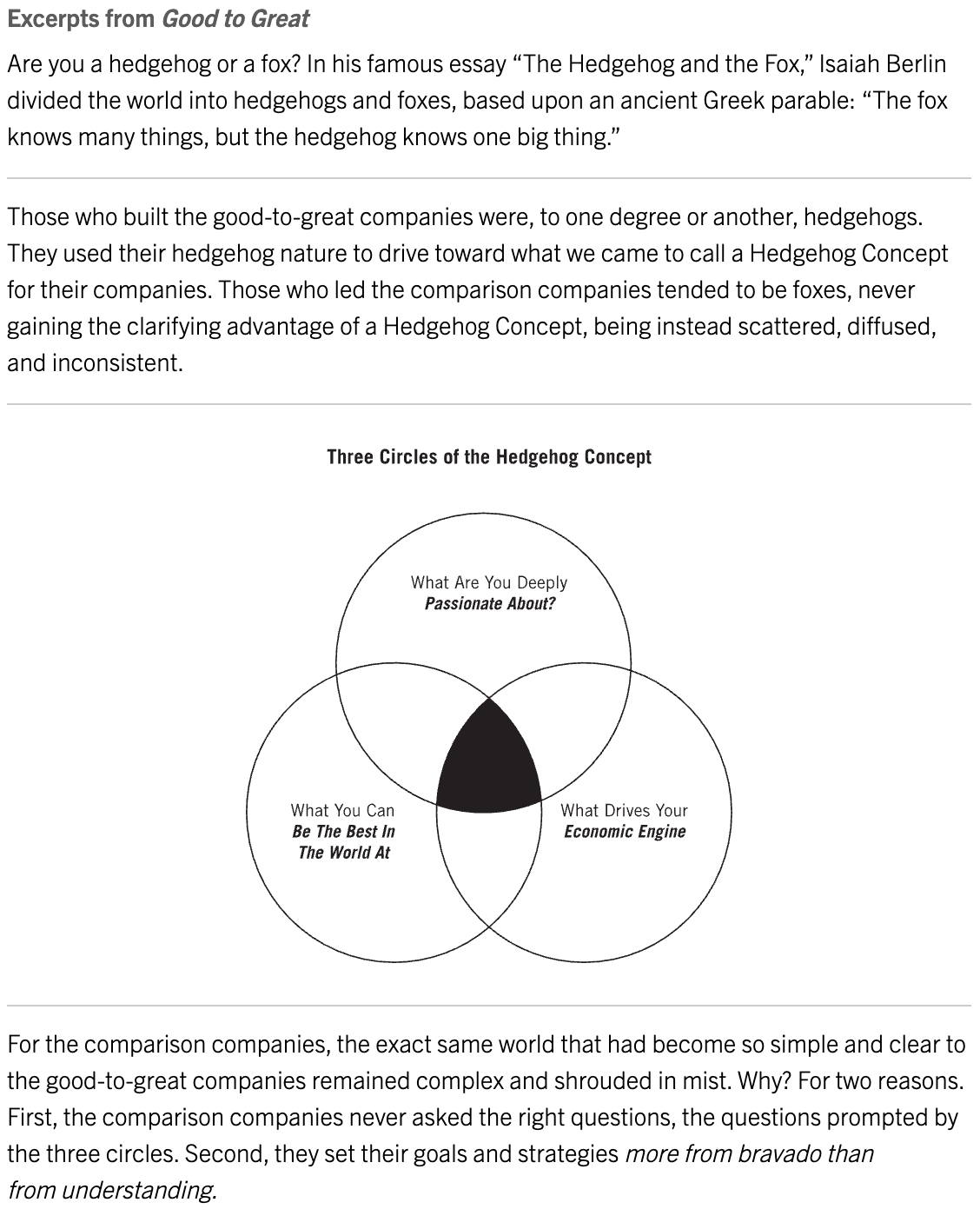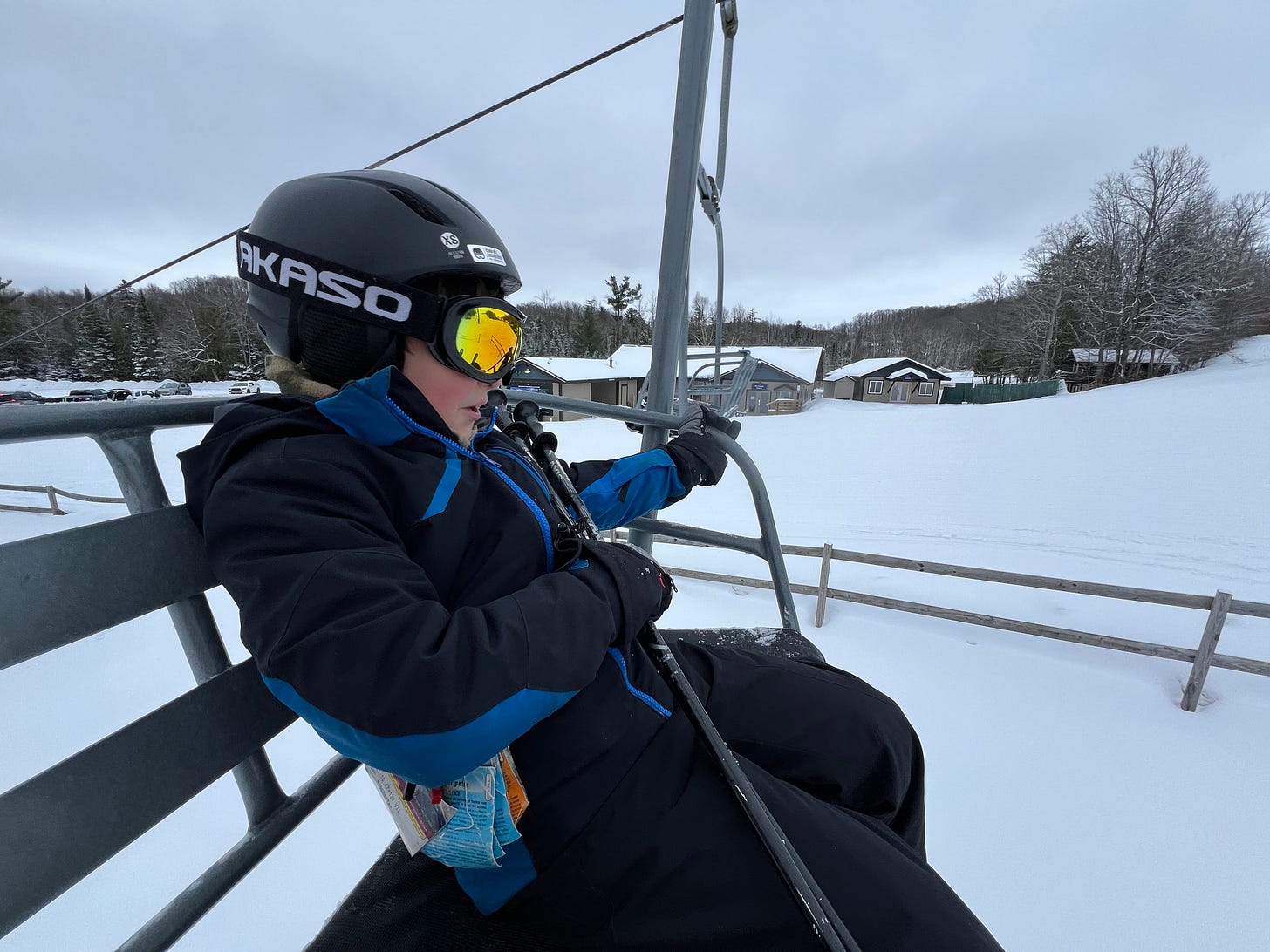Who
Barry Owens, General Manager of Treetops, Michigan
Recorded on
June 13, 2025
About Treetops
Click here for a mountain stats overview
Owned by: Treetops Acquisition Company LLC
Located in: Gaylord, Michigan
Year founded: 1954
Pass affiliations: Indy Pass, Indy+ Pass – 2 days
Closest neighboring ski areas: Otsego (:07), Boyne Mountain (:34), Hanson Hills (:39), Shanty Creek (:51), The Highlands (:58), Nub’s Nob (1:00)
Base elevation: 1,110 feet
Summit elevation: 1,333 feet
Vertical drop: 223 feet
Skiable acres: 80
Average annual snowfall: 140 inches
Trail count: 25 (30% beginner, 40% intermediate, 30% advanced)
Lift count: 5 (3 triples, 2 carpets – view Lift Blog’s inventory of Treetops’ lift fleet)
Why I interviewed him
The first 10 ski areas I ever skied, in order, were:
Mott Mountain, Michigan
Apple Mountain, Michigan
Snow Snake, Michigan
Caberfae, Michigan
Crystal Mountain, Michigan
Nub’s Nob, Michigan
Skyline, Michigan
Treetops, Michigan
Sugar Loaf, Michigan
Shanty Creek – Schuss Mountain, Michigan
And here are the first 10 ski areas I ever skied that are still open, with anything that didn’t make it crossed out:
Mott Mountain, MichiganApple Mountain, MichiganSnow Snake, Michigan
Caberfae, Michigan
Crystal Mountain, Michigan
Nub’s Nob, Michigan
Skyline, MichiganTreetops, Michigan
Sugar Loaf, MichiganShanty Creek – Schuss Mountain, Michigan
Shanty Creek – Summit, MichiganBoyne Mountain, Michigan
Searchmont, Ontario
Nebraski, NebraskaCopper Mountain, Colorado
Keystone, Colorado
Six of my first 16. Poof. That’s a failure rate of 37.5 percent. I’m no statistician, but I’d categorize that as “not good.”
Now, there’s some nuance to this list. I skied all of these between 1992 and 1995. Most had faded officially or functionally by 2000, around the time that America’s Great Ski Area Die-Off concluded (Summit lasted until around Covid, and could still re-open, resort officials tell me). Their causes of death are varied, some combination, usually, of incompetence, indifference, and failure to adapt. To climate change, yes, but more of the cultural kind of adaptation than the environmental sort.
The first dozen ski areas on this list are tightly bunched, geographically, in the upper half of Michigan’s Lower Peninsula. They draw from the same general population centers and suffer from the same stunted Midwest verticals. None are naturally or automatically great ski areas. None are or were particularly remote or tricky to access, and most sit alongside or near a major state or federal highway. And they (mostly) all benefit from the same Lake Michigan lake-effect snow machine, the output of which appears to be increasing as the Great Lakes freeze more slowly and less often (cold air flowing over warm water = lake-effect snow).
Had you presented this list of a dozen Michigan ski areas to me in 1995 and said, “five of these will drop dead in the next 30 years,” I would not have chosen those five, necessarily, to fail. These weren’t ropetow backwaters. All but Apple had chairlifts (and they soon installed one), and most sat close to cities or were attached to a larger resort.
Sugar Loaf, in particular, was one of Michigan’s better ski areas, with five chairlifts and the largest in-state vertical drop on this list.
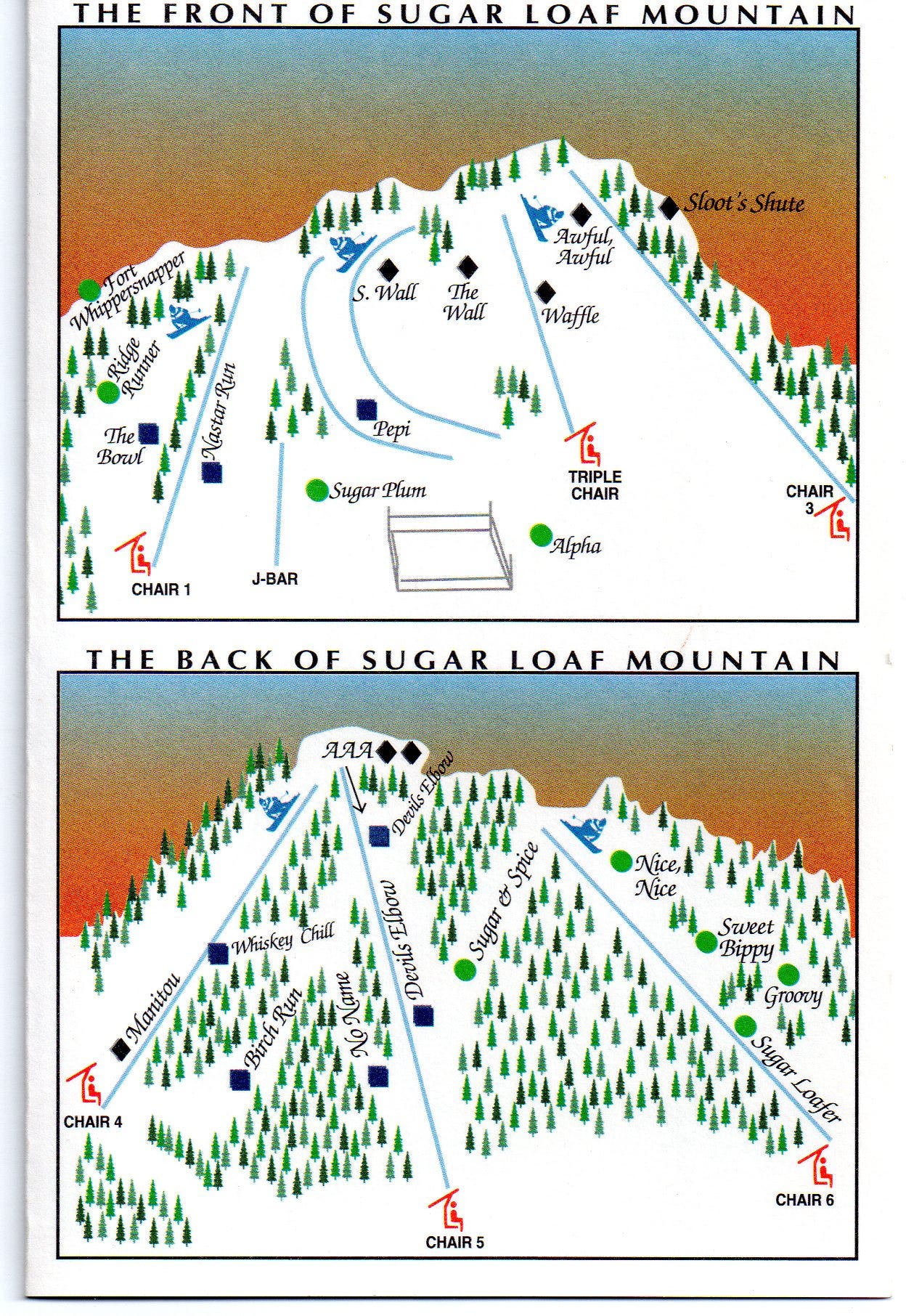
My guess for most-likely-to-die probably would have been Treetops, especially if you’d told me that then-private Otsego ski area, right next door and with twice its neighbor’s skiable acreage, vertical drop, and number of chairlifts, would eventually open to the public. Especially if you’d told me that Boyne Mountain, the monster down the road, would continue to expand its lodging and village, and would add a Treetops-sized cluster of greens to its ferocious ridge of blacks. Especially if you’d told me that Treetops’ trail footprint, never substantial, would remain more or less the same size 30 years later. In fact, just about every surviving Michigan ski area on that list - Crystal, Nub’s, Caberfae, Shanty Schuss - greatly expanded its terrain footprint. Except Treetops.
But here we are, in the future, and I just skied Treetops 10 months ago with my 8-year-old son. It was, in some ways, more or less as I’d left it on my last visit, in 1995: small vert, small trail network, a slightly confusing parking situation, no chairlift restraint bars. A few improvements were obvious: the beginner ropetows had made way for a carpet, the last double chair had been upgraded to a triple, terrain park features dotted the east side, and a dozen or so glades and short steep shots had been hacked from the woods of the legacy trail footprint.
That’s all nice. But what was not obvious to me was this: why, and how, does Treetops the ski area still exist? Sugar Loaf was a better ski area. Apple Mountain was closer to large population centers. Summit was attached to ski-in-ski-out accommodations and shared a lift ticket with the larger Schuss mountain a couple miles away. Was modern Treetops some sort of money-losing ski area hobby horse for whomever owned the larger resort, which is better known for its five golf courses? Was it just an amenity to keep the second homeowners who mostly lived in Southeast Michigan invested year-round? Had the ski area cemented itself as the kind of high-volume schoolkids training ground that explained the resilience of ski areas in metro Detroit, Minneapolis, and Milwaukee?
There is never, or rarely, one easy or obvious explanation for why similar businesses thrive or fail. This is why I resist pinning the numerical decline in America’s ski area inventory solely to climate change. We may have fewer ski areas in America than we had in 1995, but we have a lot more good ski areas now than we did 30 years ago (and, as I wrote in March, a lot more overall ski terrain). Yes, Skyline, 40 minutes south of Treetops, failed because it never installed snowmaking, but that is only part of the sentence. Skyline failed because it never installed snowmaking while its competitors aggressively expanded and continually updated their snowmaking systems, raising the floor on the minimal ski experience acceptable to consumers.
That takes us back to culture. What do you reckon has changed more over the past 30 to 40 years: America’s weather patterns, or its culture? For anyone who remembers ashtrays at McDonald’s or who rode in the bed of a pickup truck from Michigan to Illinois or who ran feral and unsupervised outdoors from toddlerhood or who somehow fumbled through this vast world without the internet or a Pet Rectangle or their evil offspring social media, the answer seems obvious. The weather feels a little different. Our culture feels airlifted from another planet. Americans accepted things 30 years ago that would seem outrageous today – like smoking adjacent to a children’s play area ornamented with a demented smiling clown. But this applies to skiing as well. My Treetops day in 1995 was memorably horrible, the snow groomed but fossilized, unturnable. A few weeks earlier, I’d skied Skyline on perhaps a three-inch base, grass poking through the trails. Modern skiers, armed with the internet and its Hubble connection to every ski area on the planet, would not accept either set of conditions today. But one of those ski areas adapted and the other did not. That’s the “why” of Treetops survival. It was the “how” that I needed Barry Owens to help me understand.
What we talked about
Last winter’s ice storm – “it provides great insight into human character when you go through that stuff”; record snowfall (204 inches!) to chase the worst winter ever; the Lake Michigan snowbelt; a golf resort with a ski area attached; building a ski culture when “we didn’t have enough people dedicated to ski… and it showed”; competing with nearby ski areas many times Treetops’ size “we don’t shy away from… who we are and what we are”; what happened when next-door-neighbor Otsego Resort switched from a private to a public model in 2017 – “neither one of us is going to get rich seeing who can get the most $15 lift tickets on a Wednesday”; I attempt to talk about golf and why Michigan is a golf mecca; moving on from something you’ve spent decades building; Treetops’ rough financial period and why Owens initially turned down the GM job; how Owens convinced ownership not to close the ski area; fixing a “can’t-do staff” by “doing things that created the freedom to be able to act”; Treetops’ strange 2014 bankruptcy and rebuilding from there; “right now we’re happy” with the lift fleet; how much it would cost to retrofit Treetops’ lifts with restraint bars; timeline for potential ski expansion at Treetops; bargain season passes (as low as $125); and Indy Pass’ network power.
What I got wrong
I said “Gaylord County,” but the city of Gaylord is in Otsego County.
I said that Boyne Resorts, operator of 11 ski areas, also runs “10 or 11 golf resorts.” The company operates 14 golf courses.
I said that Michigan had a “very good” road network and that there was “not a lot of traffic,” and if you live there, you’re reaction is probably, “you’re dumb.” What I meant by “very good road network” is this: compared to most ski regions, which have, um, mountains, Michigan’s bumplets sit more or less directly alongside the state’s straight, flat, almost perfectly gridded highway network. Also, the “not a lot of traffic” thing does not apply to special situations like, say, northbound I-75 on a July Friday evening.
I said that Crystal, Nub’s, Caberfae, and Shanty Creek were “close” – while they’re not necessarily all close to one another, they are all roughly equidistant for folks coming to them from downstate.
I said that Treetops was “the fifth or sixth place I ever skied at,” but upon further review, it was number eight (which is reflected in the list above).
Podcast Notes
On the ice storm
An ice storm hammered Northern Michigan in late March of this year:
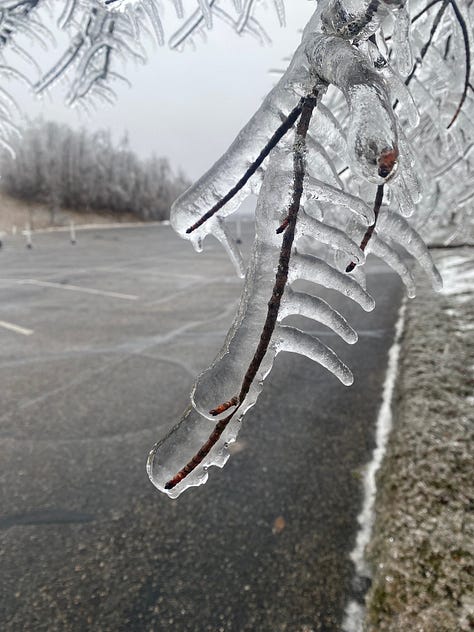

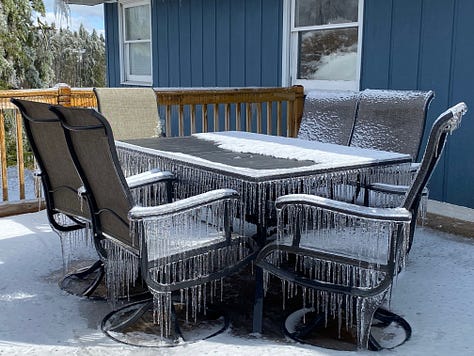
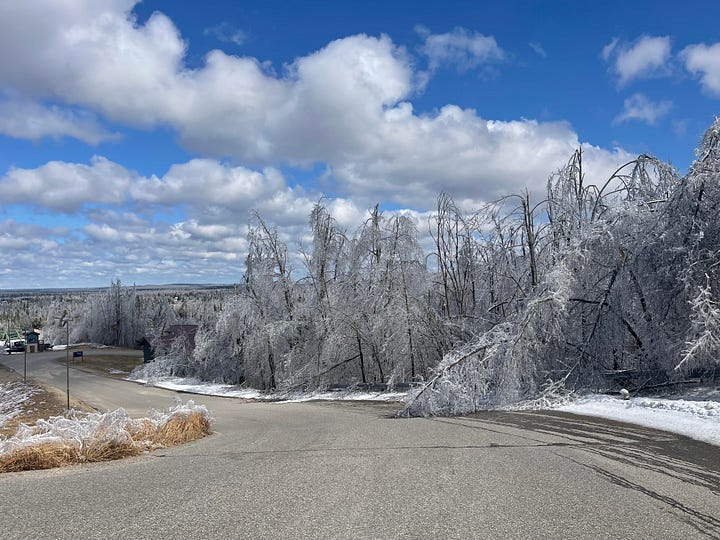

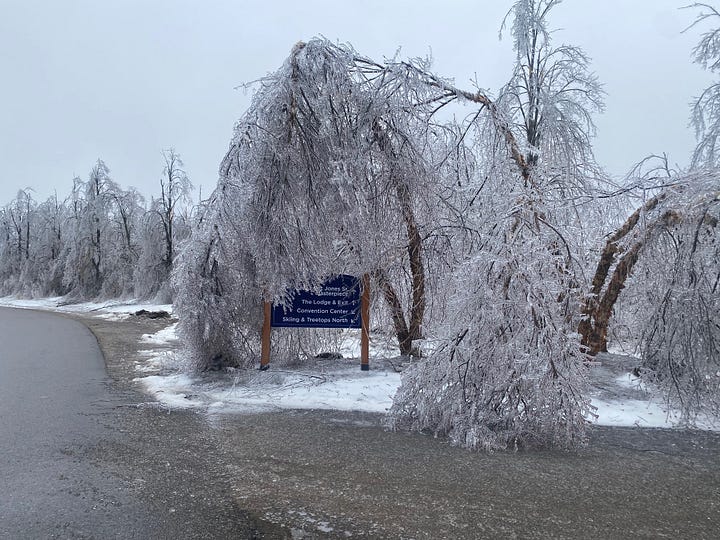
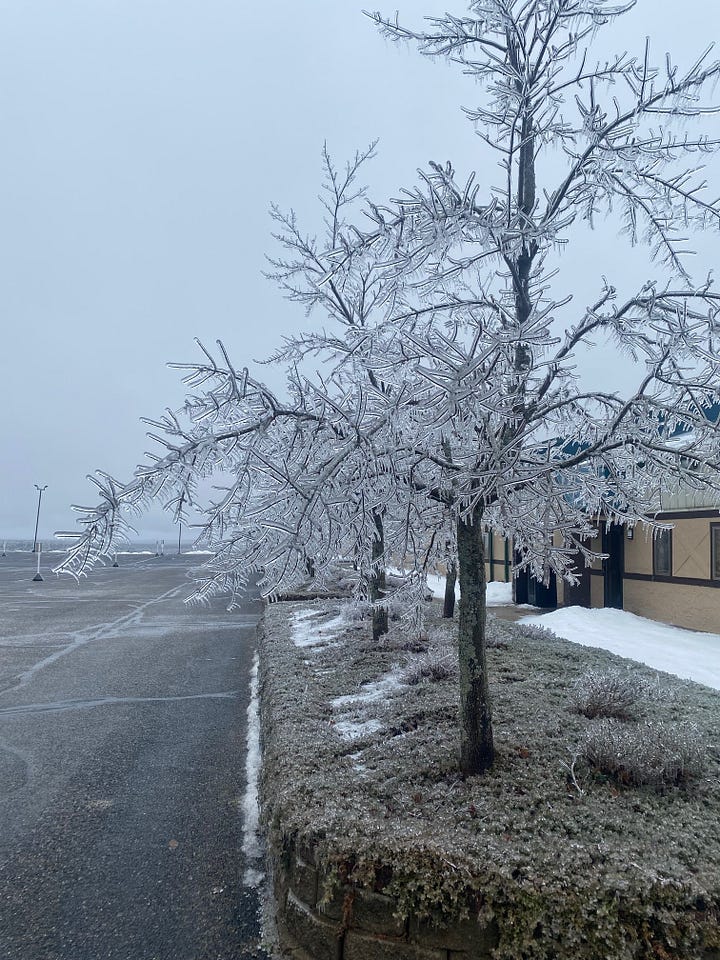
On the lightning strike on Treetops’ golf course

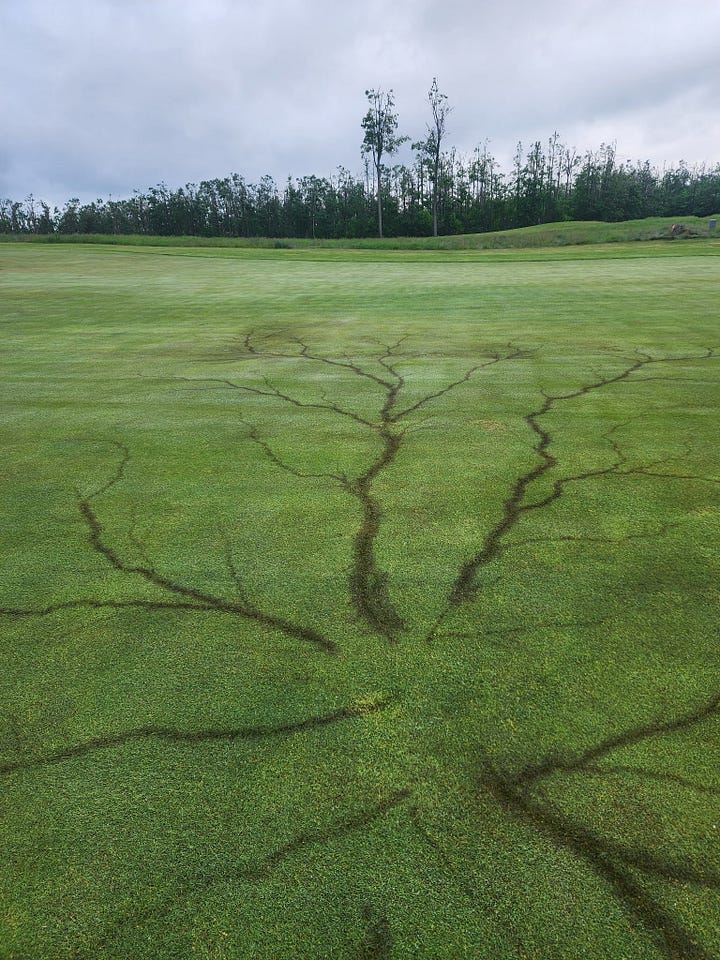
On the Midwest’s terrible 2023-24 ski season
Skier visits cratered in the Midwest during the 2023-24 ski season, the region’s worst on record from a snowfall point of view. Weather - and skier visits - settled back into normal ranges last winter:
This is a bit hard to see with any sort of precision, but this 10-year chart gives a nice sense of just how abnormal 2023-24 was for the Midwest:
On Michigan’s ski areas
Michigan is home to 44 active ski areas - more than any state other than New York. Many of them are quite small, operate sporadically, and run only surface lifts, but Treetops is close to a bunch of the better lift-served outfits, including Boyne Mountain, Nub’s Nob, and The Highlands (the UP ski areas may as well be in another state). It helps Treetops that so many of the state’s ski areas have also joined Indy Pass:
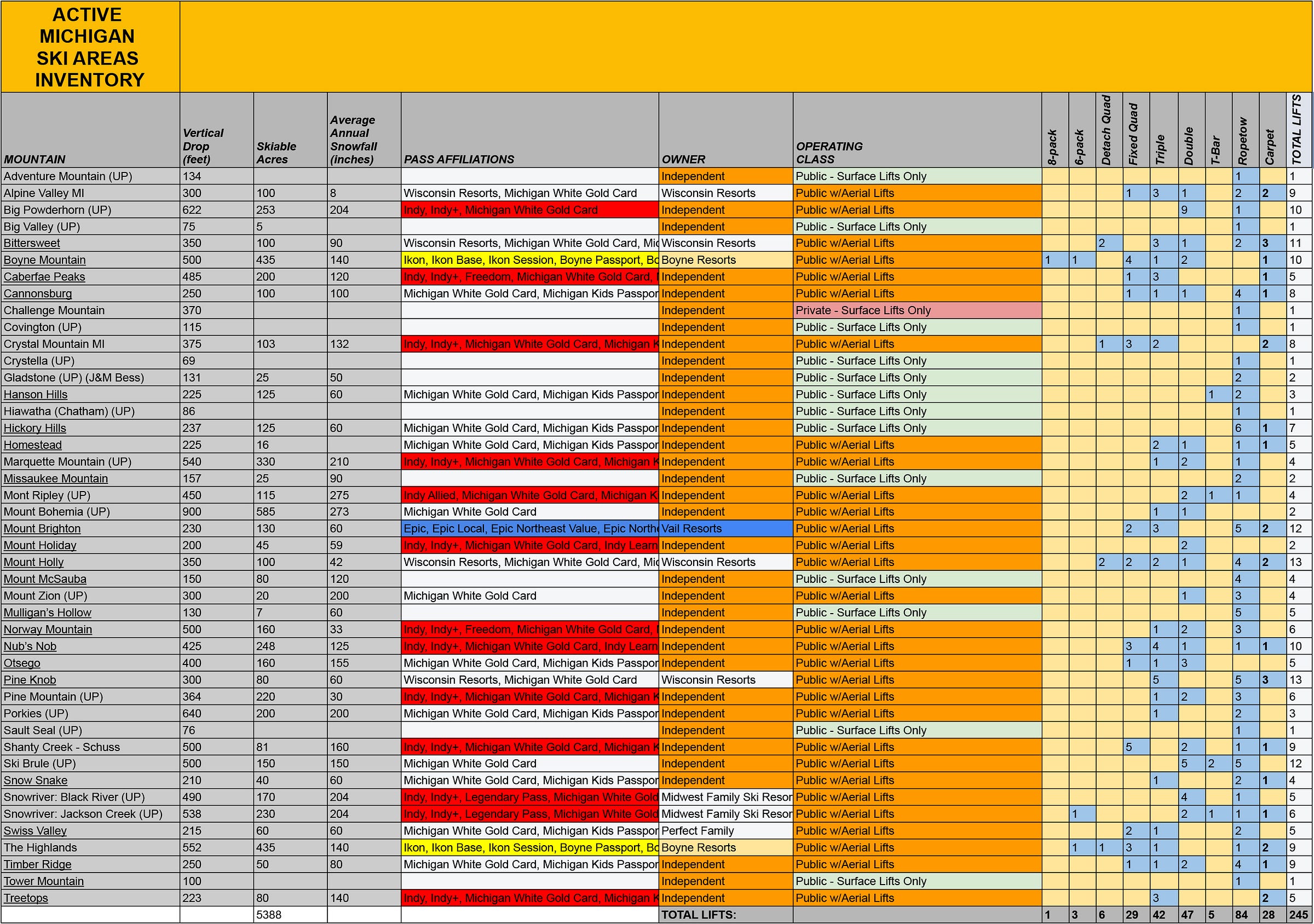
On Otsego Resort
For decades - I’m not certain how long, exactly - Otsego Resort, right next door to Treetops and with roughly double the vertical drop and skiable acreage, was private. In 2017, the bump opened to the public, considerably amping up competition.
Complicating the matter further, Otsego sits a bit closer to Michigan’s Main Street - I-75 - than Treetops.
On Snow Operating
Owens mentioned working with “TBL” – he was referring to Terrain Based Learning, Snow Partners’ learn-to-ski program. That company also runs the Snow Cloud operating system that Owens refers to at the end.
On Treetops’ rough period
I quoted this Detroit Business News article at length in the interview. It goes deep on Treetops’ precarious early 2000s history and the resort’s broken employee culture at the time.
On people being nice at ski areas
Yeah I’m super into this:
On the hedgehog concept
Owens mentions “the hedgehog concept,” which I wasn’t familiar with. It sounded like a business-book thing, and it is, adapted by author Jim Collins for his book Good to Great and described in this way on his website:
The Hedgehog Concept is developed in the book Good to Great. A simple, crystalline concept that flows from deep understanding about the intersection of three circles: 1) what you are deeply passionate about, 2) what you can be the best in the world at, and 3) what best drives your economic or resource engine. Transformations from good to great come about by a series of good decisions made consistently with a Hedgehog Concept, supremely well executed, accumulating one upon another, over a long period of time.
More:
On safety-bar requirements in New York and New England
This is kind of funny…
That’s my 8-year-old son, who’s skied in a dozen states, taking his first ride on a lift with no safety bar, at Treetops last December. Why such machines still exist in 2025, I have no idea - this lift rises about 30 feet off the ground. In the East, all chairlifts are equipped with bars, and state law mandates their use in New York, Massachusetts, and Vermont (and perhaps elsewhere). I don’t advocate for rider mandates, but I do think all chairlifts ought to have bars available for those who want them. Owens and I discuss the resort’s plans to retrofit Treetops’ three chairlifts - CTEC machines installed between 1984 and 1995 - with bars. The cost would be roughly $250,000. That’s a significant number, but probably a lot less than the figure if, say, someone has a heart attack or seizure on the lift, falls off, then sues the resort. Besides, as Owens points out, chairlifts must be equipped with restraint bars for summer use, which would open new revenue streams. Why are bars required for summer activities, but not winter? It’s a strange anachronism, unique among the ski world to America.
On “Joe from SMI”
I mentioned “Joe from SMI” offhand. I was referring to SMI Snowmakers President Joe VanderKelen, who appeared on the podcast back in 2022:
On potential expansion
Owens discusses a potential expansion looker’s left of Chair 1, which would restore lost terrain and built upon that. This 1988 trailmap shows a couple of the trails that Treetops eliminated to make way for its current top-to-bottom access road (trails 1 through 4):
